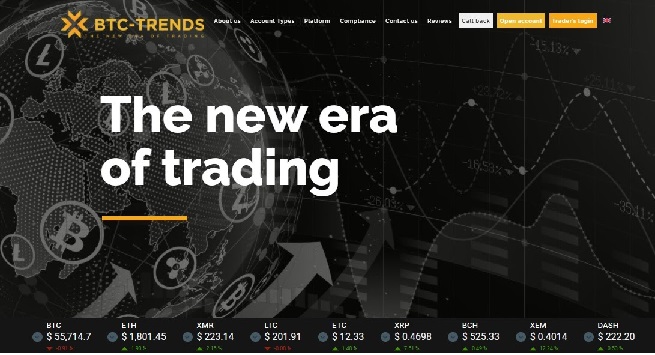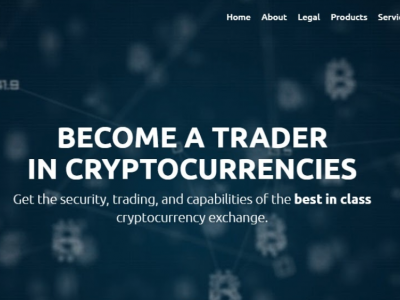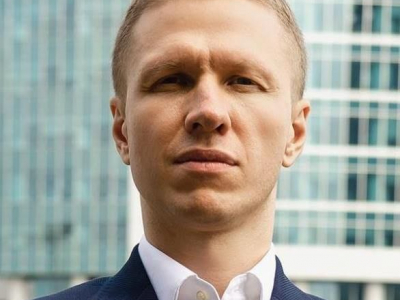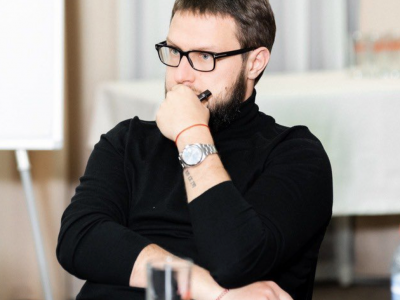In November, the DYMMAX crypto-derivative project launched a token sale on Probit, the Korean cryptocurrency exchange. And just half an hour after the initial start, the soft cap was reached.
The IEO hype was due to DYMMAX's new approach to crypto options pricing. But to appreciate the uniqueness, it is necessary to understand the pricing models for derivatives products.
The most famous formula for calculating the price of an option contract is the Black-Scholes formula, pioneered by American researchers Fischer Black, Myron Scholes, and Robert Merton in 1973. In 1997, Sholes and Merton won the Nobel Prize for their model. Their method involved calculating the fair price of an option based on the price of the underlying asset at the current moment, contract expiration, volatility, and interest rate. The Black-Scholes model provoked a revolution in the traditional financial market in the 70s and caused an explosive growth of the derivatives market such as options, futures and so on.
For the options market you need more than just buyers and sellers. We also need so-called market makers - participants who have signed an agreement with the organizer of trade, whose obligation is to maintain buy/sell orders for a certain asset for a time specified by the terms of the contract. Market makers exist on such platforms as CME, NASDAQ, NYSE, etc.
But during severe dips, like during the stock market plunge in March 2020 for example, market makers leave the market and the liquidity of derivatives drops sharply. This leads to a situation where traders find it difficult to close their positions, and have to close with a huge spread set by arbitrageurs. This can lead to a margin call (the forced closing of positions by the broker at any price in the order book). All these risks are borne by the participants who want to trade in the financial market.
Neither the Black-Scholes model nor the market makers is suitable for the cryptocurrency market. This has led to poor development of the cryptocurrency derivatives market. The high volatility of crypto assets, which is calculated on the historical basis, led to the calculation of high premiums using the Black-Scholes formula. To justify buying options at these prices, the difference between the strike price and the current price of the underlying asset at the time of expiration / exercise of the option must be huge. Only in this case it will be possible to make a profit.
If we take not historical volatility, but implied volatility (IV) for the calculation, as it is done on a number of centralized cryptocurrency exchanges, then premiums (prices for option contracts) are completely dependent on the expectations of market makers.
In decentralized protocols, the transaction speed is many times lower than on the stock exchange, and each reorder requires commission payment, which increases the costs of the market maker to enormous values. And if there is no market maker, there is no liquidity.
The creators of the Uniswap decentralized token exchange protocol tried to solve this problem, combining tokens and cryptocurrencies into pools, and issuing so-called "protocol tokens" instead. But due to the fact that token price is tied to the pool balance, it is required to add assets to the pool in equal proportions. For example, if a participant contributes tokens to the ETH / USDT pool, then he must deposit both ETH and USDT in equal proportions, which forces users to convert assets into less interesting ones in terms of keeping them in the portfolio.
The DYMMAX DeFi protocol for creating cryptocurrency options uses the parimutuel betting with fixed odds pricing model to calculate option premiums, developed by scientists at Stanford University. There is one more significant difference - the absence of a market maker that quotes a contract with a certain spread from the expected calculated volatility(IV). Instead of the usual market maker, a system with an automatically prolonging 24 hour auction was developed.
The DYMMAX Protocol's Automatic Market Maker (AMM) mechanism controls the risks and rewards for each liquidity pool, prioritizing risk minimization over option price balancing. An automated market maker dynamically rebalances the auction based on the value of blocked assets. Risk levels are initially set when the asset is added to the protocol and can be changed later using the DMX control token.
The option contracts, on which the 3 strategies offered by the protocol are built, are based on settlement options and do not provide for delivery. As a result, only quoted assets are used in liquidity pools. So, for the ETH / USDT pair, the liquidity pool will consist only of USDT tokens. This approach allows token holders to deposit only one asset into the pool, without resorting to exchange for other tokens or more complex depositing in equal proportions.
In exchange for the deposited assets, the investor receives liquidity pool tokens - with the dmX prefix, where X is any asset from the DYMMAX ecosystem. The dynamic market maker pool tokens are freely tradable and can be used in trading on decentralized platforms such as Uniswap.
DYMMAX describes liquidity pool mechanism, from depositing to distributing tokens at auctions held for a selected traded pair. The process consists of several stages:
- Depositing a token from a participant to the liquidity pool;
- The emission of protocol tokens is carried out at the current rate to the base token; for example, if the pool premium is 10%, then the member must deposit 1.1 USDT to issue 1 dmUSDT;
- Once deposited, USDT tokens become available in auctions through AMM;
- Transfer of USDT tokens to the auction in accordance with the current profit / loss parameters;
- USDT tokens are locked in the auction until contracts expire;
- After the contract expires, the remaining tokens after payments on USDT options are transferred back to the liquidity pool. This amount comes as a result of expiration at a given rate, as well as commissions paid by the bidders.
- Free remaining tokens in the pool can be converted back by the token holder.

A participant at any time can convert pool tokens back to the base tokens at the current rate, which is determined by the pool results. Conversion is carried out in an amount no more than the current amount of unblocked base tokens in the auction.
To add a certain amount to the liquidity pool, you must simultaneously block DMX control tokens for the same amount in staking. At the same time, all holders of DMX tokens benefit from the size of the liquidity pool - the larger the size of the liquidity pool, the less DMX tokens are in circulation. The same mechanism ensures the minimum size of the liquidity pool. DMX token holders who want to multiply their capital through staking should put a comparable amount in the liquidity pool.
The resulting inextricable link between dmX and DMX tokens provides maximum rewards for active participants in the DYMMAX ecosystem - they profit from both DMX token staking and commissions paid by auction participants.
A portion of the DMX Control Tokens was sold through an initial exchange offering. After the completion of the token sale, it is planned to start staking. The start is scheduled for the first quarter of 2021.












